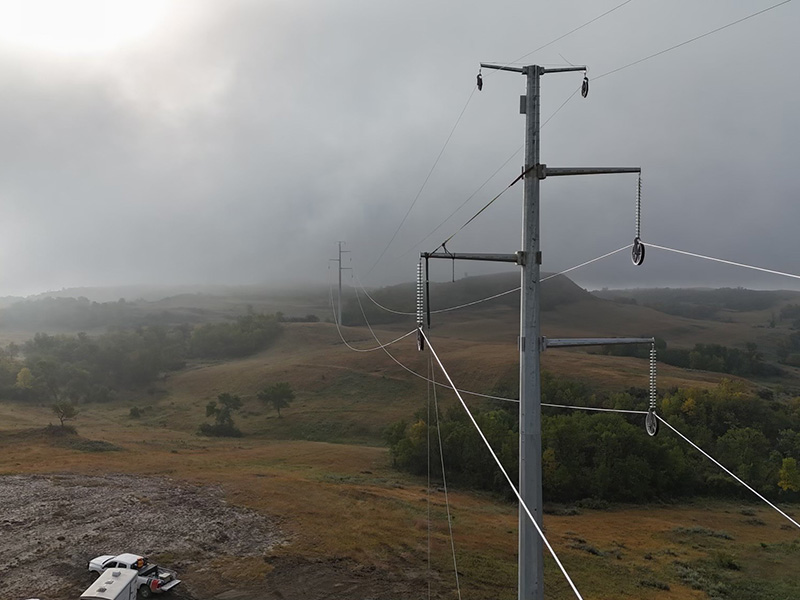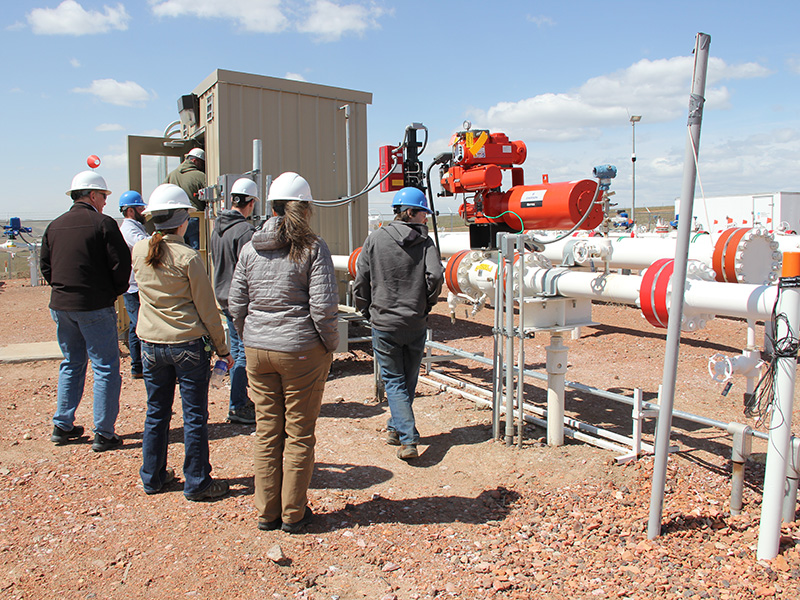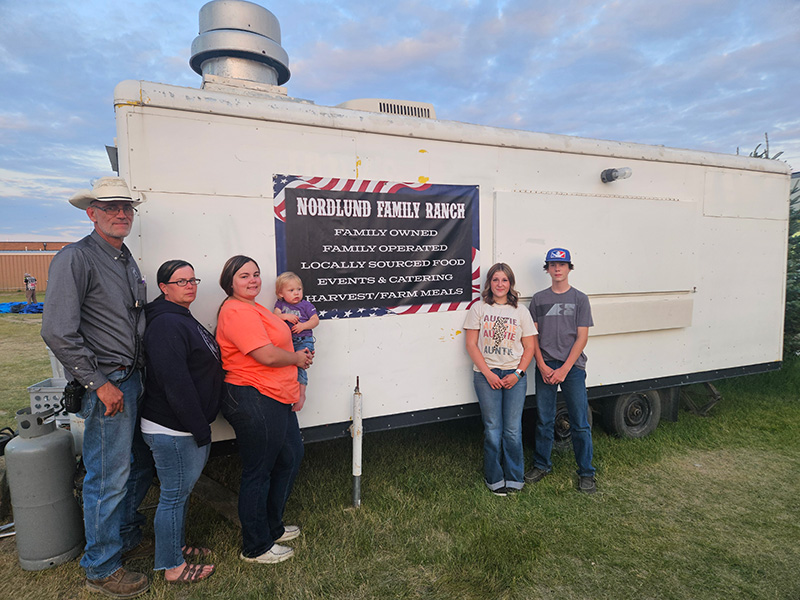May 22, or “Bitcoin Pizza Day,” commemorates the day the first commercial cryptocurrency transaction was conducted by a man who purchased two pizzas for 10,000 Bitcoin. In 2010 when the purchase occurred, the pizzas cost the Bitcoin equivalent of about $30. That same amount of cryptocurrency would now be worth hundreds of millions of dollars.
What is cryptocurrency?
Cryptocurrency is a digital form of currency that doesn’t come from central authorities such as governments or banks. Bitcoin, the first form of cryptocurrency, was introduced in 2009 and today it is just one (and the most popular) of about 18,000 types.
Crypto’s building blocks
Cryptocurrency can’t be explained without mentioning blockchain, the technology on which it was built.
Blockchain is an extremely secure and verifiable decentralized data ledger replicated across millions of servers, so if one server crashes, none of the data will be lost. This also means blockchain is virtually unhackable (although an individual can still be hacked if pass phrases aren’t kept secure).
Think of it like a train where each car contains data. As each car is filled, you build on it by adding data to the next one. Bitcoin was the first application of blockchain technology. During a presentation to the Basin Electric board of directors in February, representatives of the Royal Bank of Canada said that while blockchain is in its infancy, it will likely create a revolution across the industry similar to how the internet changed the face of business.
Crypto mining
Jay Lundstrom, Basin Electric lead load forecast analyst, says “mining” for cryptocurrency is like a modern day gold rush. Just as hundreds of thousands of people flocked to California during the gold rush in the mid-1800s, individuals and companies are jumping on the bandwagon to mine for cryptocurrency. While they don’t use the picks, sluice boxes, and pans the gold miners used in the 19th century, the process is still risky, but in a different way.
Crypto mining involves solving extremely complex mathematical equations and verifying blocks on the blockchain. These efforts are so complex that it takes “farms” of high-powered computer servers to efficiently and quickly solve the equations.
According to Lundstrom, each type of currency has its own blockchain ledger. When a transaction is verified, the award is a “coin,” created in the code of the cryptocurrency being mined.
The amount of computational power crypto mining requires makes the process extremely energy intensive. Not only are the server farms expensive, but so is the amount of energy it takes to power them. Because the value of cryptocurrency fluctuates a great deal (just in the time it took to research and write this article – about a month and a half – Bitcoin fluctuated approximately $35,000 per coin), miners need to ensure the reward is greater than the costs they are incurring. “The process is a rollercoaster,” Lundstrom says. “It’s like the stock market; you try to buy low and sell high.”
Why is Basin Electric’s service area attractive?
Because the cost of crypto mining is so high, companies building the data centers to do the mining want the cheapest power they can find. In fact, they often choose “interruptible power,” meaning they’ll turn off the computers when the price gets to a point where mining isn’t cost effective.
Developers also look for electricity suppliers with available capacity on their transmission systems so no costly upgrades need to be completed.
In addition to the reliable, affordable electricity Basin Electric and its member cooperatives provide and the more than 2,500 miles of transmission lines the cooperative maintains, the cooler temperatures in much of its service area are attractive to developers because they help constantly-running servers stay cool.
All these attributes make Basin Electric’s service area prime real estate for data centers. “Our members are getting a huge amount of inquiries from companies wanting to construct data centers in their service area – big data centers – 100-200 megawatts (MW) a piece,” Lundstrom says. “Compare that to the oil refinery near Mandan (North Dakota) which uses 9 MW.” He says it’s hard to wrap your head around a 200-MW data center especially when Basin Electric’s newest natural gas generation unit – the sixth turbine at Lonesome Creek Station in western North Dakota – produces 45 MW. “Before all this talk of crypto mining, a ‘big load’ was around 20 MW,” Lundstrom says.
Growth that requires planning
With the growing interest in data centers, Basin Electric’s Resource Planning and Rates department is working to plan for what could potentially be exponential load growth. Lundstrom says there have been multiple calls to multiple members; however, it is likely that the same developer is calling several members looking for the best deal.
“We can’t just build generation resources for loads that may or may not be coming,” says Becky Kern, Basin Electric vice president of resource planning and rates. “If our members want this type of load, we’ll serve it, but we need to plan for it. This has the potential to be a huge investment and we don’t want stranded assets. Before committing to every data center that makes an inquiry, we need to do transmission planning, conduct studies, and consult with SPP (Southwest Power Pool). This process takes at least a year or two, and it’s difficult because these developers are saying ‘I have money, give me power.’”
More to come…
In late January, North Dakota Gov. Doug Burgum announced the construction of what could be one of the largest data centers in the world near Williston. Basin Electric Class C member Mountrail-Williams Electric Cooperative will supply power to the data center, and an electrical substation is already built near the data center with available capacity.
The $1.9 billion, multiyear project will be built in phases, and would allow for planning resources to be procured or built in sync with the project, according to Benjamin Hertz, Basin Electric manager of power supply planning. “Basin Electric is working to ensure our generation resources can meet our member loads, and we’ll be working together to plan for projects like this,” he says.
“Basin Electric has never seen this magnitude of potential load growth within its system, and a good chunk of that is data centers and crypto mining facilities,” Kern says. “If even a portion of that load growth were to happen, it would definitely put some stress on our ability to serve it. That being said, we are looking at types of opportunities that are available to expand our resource portfolio both in the short- and long-term future. We need to find ways to do this so if for some reason the load doesn’t materialize it won’t negatively impact other members.”
Over the past several months, multiple departments have been meeting to discuss the best ways to meet this load growth. Kern says it has been good to have the different groups together in one room so questions can be answered and options can be discussed before final decisions are made. Kern’s group has also been having discussions with members about potential loads in their service areas to determine the probability of the load coming on, where they’re at in the process, the expected timeframe, and if they have submitted load interconnect requests.
“Some members are going out and pursuing growth opportunities and others are doing what they can to support the opportunities that come to them,” she says. “Either way, Basin Electric has an obligation to provide the power and energy our members need as part of our all-requirements contracts. Load growth is a very positive thing for our members and we are here to do whatever we can to help them achieve this growth.”




